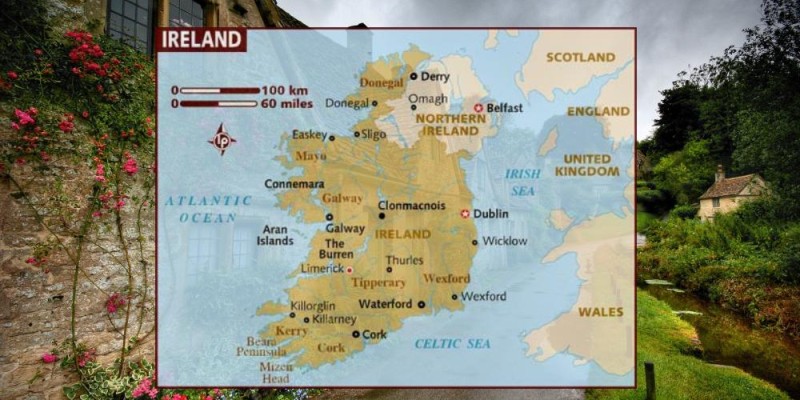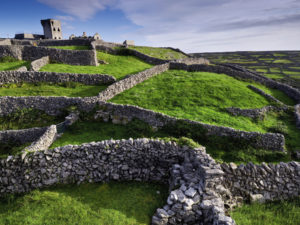
Best Abroad consultancy
Economy

University selection
Despite the two jurisdictions using two distinct currencies (the euro and pound sterling), a growing amount of commercial activity is carried out on an all-Ireland basis. This has been facilitated by the two jurisdictions’ shared membership of the European Union, and there have been calls from members of the business community and policymakers for the creation of an “all-Ireland economy” to take advantage of economies of scale and boost competitiveness.
Geography
The island of Ireland is located in the north-west of Europe, between latitudes 51° and 56° N, and longitudes 11° and 5° W. It is separated from the neighboring island of Great Britain by the Irish Sea and the North Channel, which has a width of 23 kilometers (14 mi) at its narrowest point. To the west is the northern Atlantic Ocean and to the south is the Celtic Sea, which lies between Ireland and Brittany, in France. Ireland has a total area of 84,421 km square(32,595 sq mi). Ireland and Great Britain, together with many nearby smaller islands, are known collectively as the British Isles. As the term British Isles is controversial in relation to Ireland, the alternate term Britain and Ireland is often used as a neutral term for the islands.
Languages
![]() Proportion of respondents who said they could speak Irish in the Ireland census in 2011 or the Northern Ireland census in 2011.
Proportion of respondents who said they could speak Irish in the Ireland census in 2011 or the Northern Ireland census in 2011.
Two main languages are spoken in Ireland: Irish and English. Both languages have widely contributed to literature. Irish, now a minority but official language of the Republic of Ireland, was the vernacular of the Irish people for over two thousand years and was probably introduced by some sort of proto-Gaelic migration during the Iron Age, possibly earlier. It began to be written down after Christianisation in the 5th century and spread to Scotland and the Isle of Man where it evolved into the Scottish Gaelic and Manx languages respectively.
